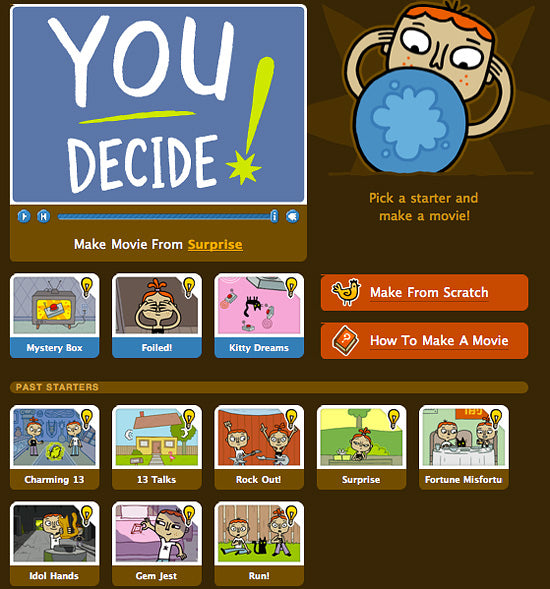Menu
-
- Home
-
About Us
-
The Approach
-
Linking Language & Literacy
-
MindWing Learning
-
Learning Resources
-
SHOP
-
Blog
-
- About MindWing
- Our People
- Contact Us
- Your Account
- Login
-
Spain (EUR €)

The Zimmer Twins and Stepping Up Narrative Complexity!
March 17, 2011 3 min read
I am going to open this post with a language sample obtained from a fifth-grade student in 2006, an attempt to retell an episode of the series Full House.
And um something that happened was when this girl named Michelle and this guy Jesse, it was Michelle’s birthday. And Jesse and Michelle got stuck in a gas station and she missed her party.
And um they were there all day, but then finally it opened the next- no it opened a lot later. So um they went back to the house and they had their party and she got an elephant and she got to ride it and all her friends and she got, she felt better. And that’s it.
I collected and analyzed many samples like this over my years in the school setting, narratives that clearly attended to character, setting and “Kick-Off,” but lack cohesion, complexity and maturity due to their reliance on a simple action sequence structure. Do you have a lot of students like this?
I really began to understand how to help students with this type of narrative (who comprised a good chunk of my caseload, and still) when I first worked through Mindwing’s A Day in the Park Student Activity Booklet (and its accompanying lesson plans in the Talk to Write, Write to Learn manual). Many students sort of get stuck at the action sequence level, and don’t generalize the structures needed for a reaction sequence (character, setting, Kick-Off and reaction to the kickoff) or more advanced episodes that detail character responses, feelings and plans, along with complex sentences that link these story elements. A Day in the Park helped me see how I could break down these levels of formulation for students, and as a result I was able to identify other activities that could provide additional practice and skill-building.
One of my favorite recent discoveries is the Zimmer Twins website (based on the Qubo animated series), which allows you to make animated stories from pre-created starters or from scratch! The starters are naturally complex in structure and work really well with Mindwing’s Story Maps as you help students complete the story on a higher level of narrative organization. I found the site to be a great context to focus on moving students from an action to a reaction sequence; here’s one reaction sequence movie I created with a group. Before you get nervous, I can tell you that the Zimmer Twins site is really simple to use!
First, you can view the story starters and pick one that will work for your students.

After clicking “Make Movie From [your chosen title],” you can simply click, drag and modify the rest of your story.

By clicking on the elements in the sentence, you can change character, setting, and other features of the clip. Word and thought balloons can be modified- just click and type. The tabs allow you to add different elements such as actions, reactions and feelings!
Click here to see another way I finished the starter “Surprise!” I hope you enjoy Zimmer Twins, I know the kids I work with really did. Here’s a great tutorial on using the site if you’d like more information before diving in. Be sure to create a free account when you start using the site.
Leave a comment.
Comments will be approved before showing up.
